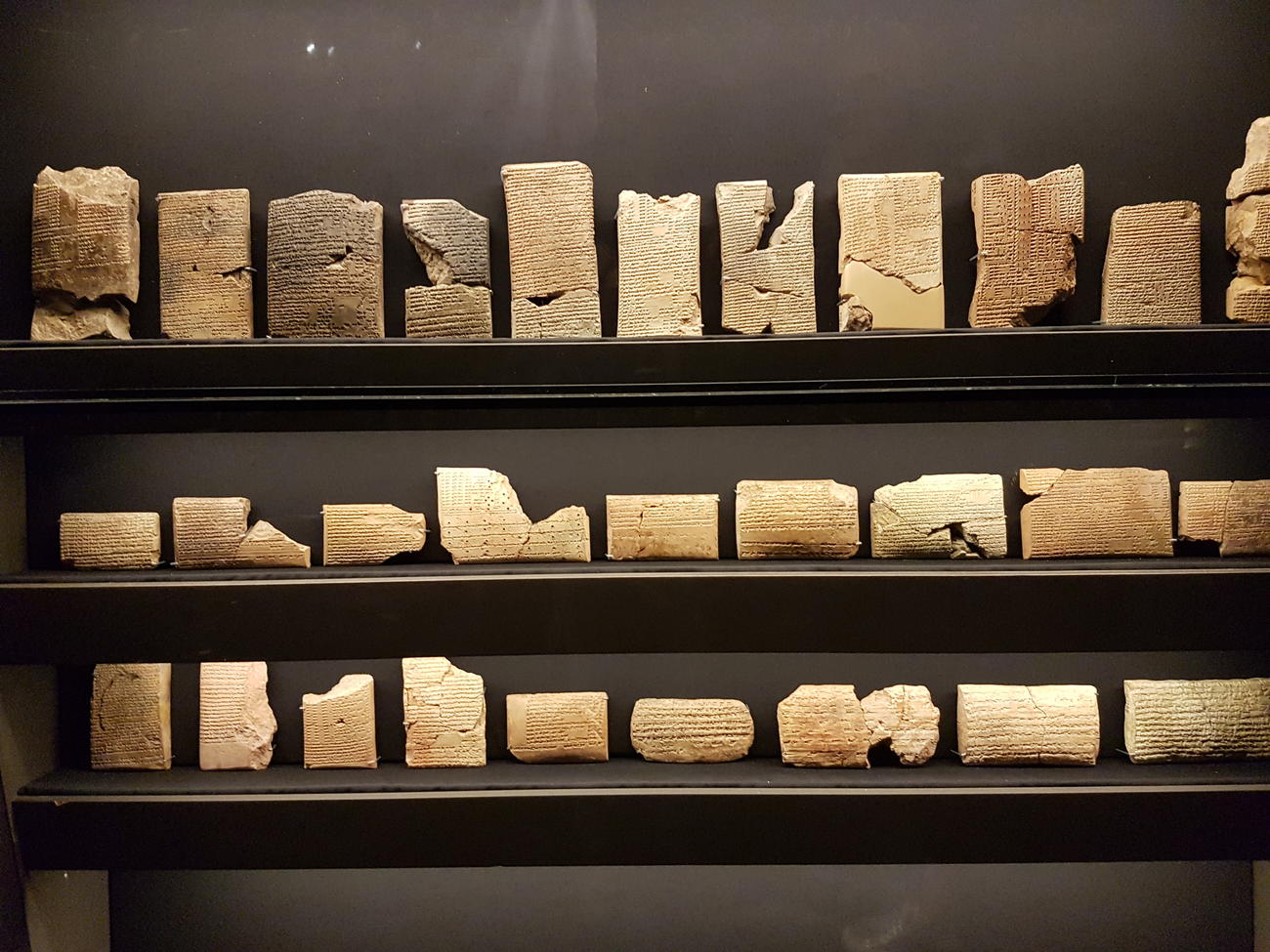
Wild Frontiers' Michael recently visited the British Museum's new blockbuster exhibition on the Assyrian Empire and gives us his thoughts on the sprawling new show.
Self-PR may seem like a modern invention but the Assyrian King Ashurbanipal mastered it over 2,500 years ago. “I can resolve complex mathematical divisions that do not have an easy solution. I have read cunningly written texts in obscure Sumerian and Akkadian that are difficult to interpret.” Ok Ashurbanipal, we get the message, you’re a brainbox as well as a warrior king.
Yet wandering around the British Museum’s excellent I, Ashurbanipal exhibition, it quickly becomes apparent that the King’s immodesty was far from misplaced. Billed as the “greatest king you’ve never heard of”, Ashurbanipal ruled the Assyrian Empire in the 7th century BC from its capital Nineveh, in ancient Iraq. At its peak the empire covered most of Iraq and Syria, parts of Iran, Turkey, Jordan, Israel and most of Egypt, and Ashurbanipal seemingly had it all: scholarly intelligence; bravery in battle; and the ruthless efficiency necessary to run such a huge and innovative empire.
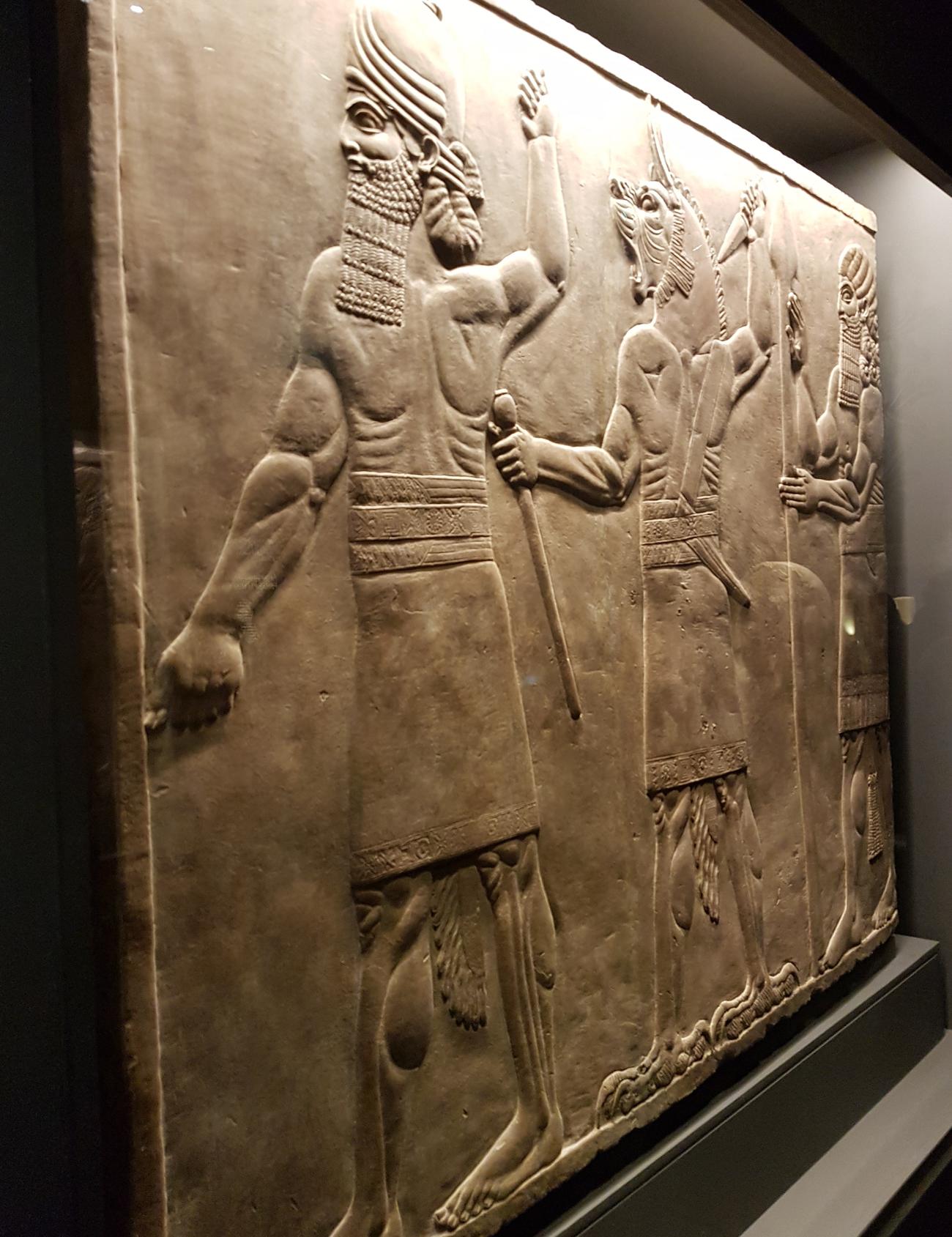
The highlights of this impressive exhibition are a series of huge reliefs carved with exquisite detail. Many of them are from Ashurbanipal’s Palace. Typical scenes depict Ashurbanipal learning to fight by hunting not deer or antelope, but lion. Other scenes show dignitaries from conquered territories paying tribute with gifts such as dates from Iran and grapes from Armenia, warriors wearing griffin-headed helmets and, in a particularly graphic carving, a dying lion gushing blood.
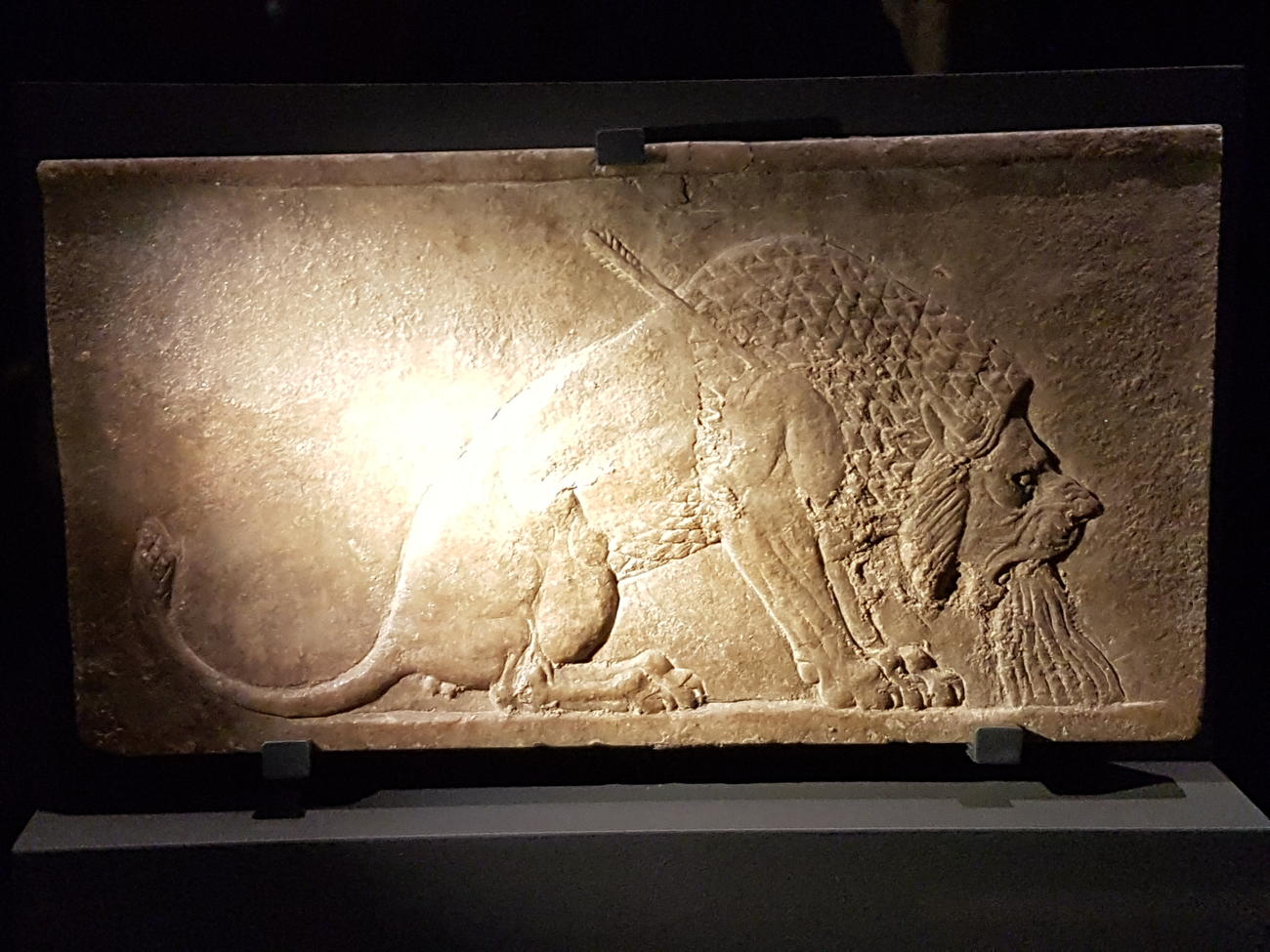
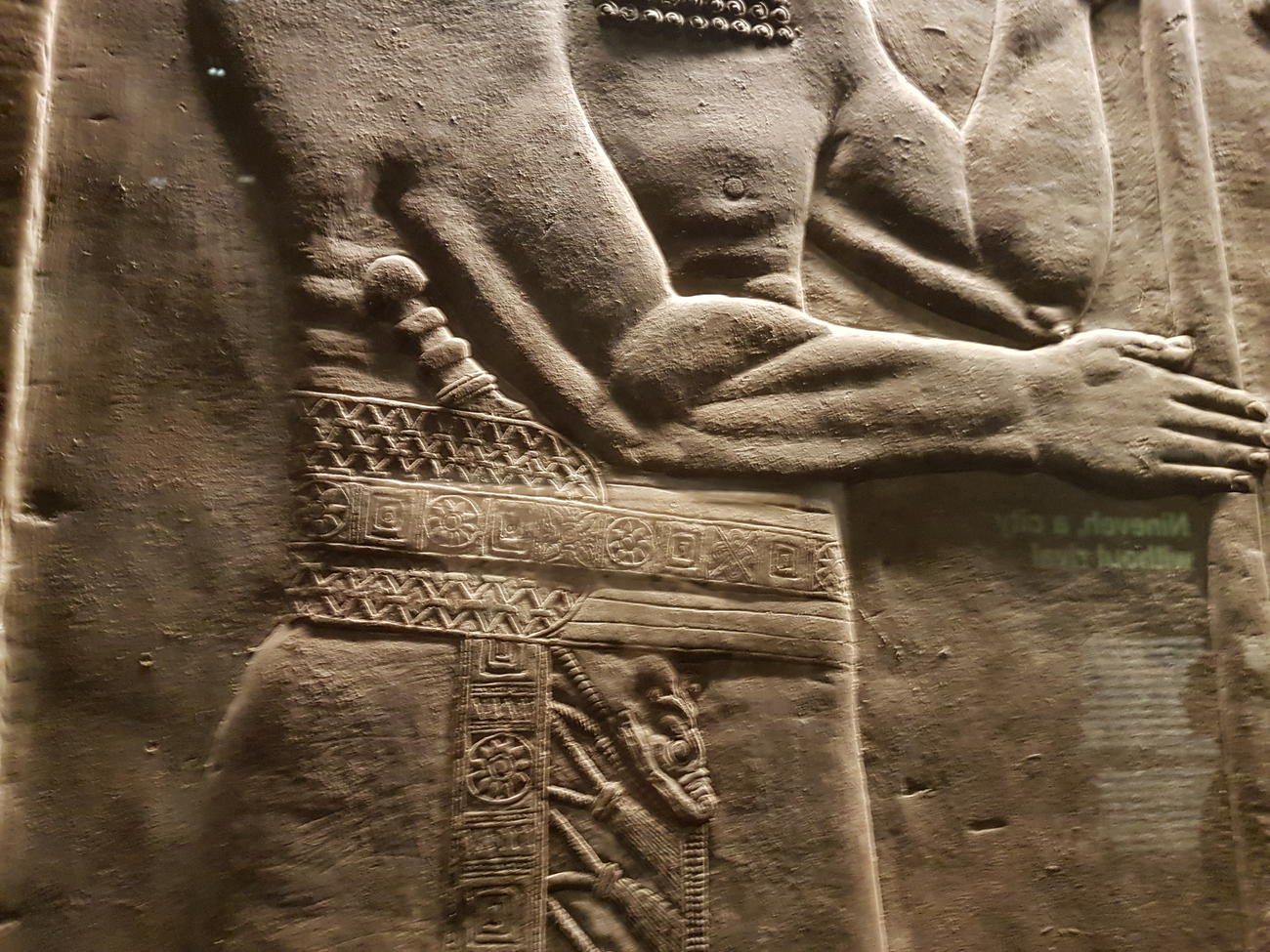
Perhaps most impressive of all is the mini recreation of Ashurbanipal’s vast library of clay tablets which numbered over 30,000. Indeed he was a scholar, and we have him to thank for a treasure chest of historical documents. Written in the oldest written language, Cuneiform, which was developed by the ancient Sumerians in 3500 BC, they consist of proclamations, commands and letters written on small stones that were transported at great speed across the empire’s system of roads and horse-mounted messengers.
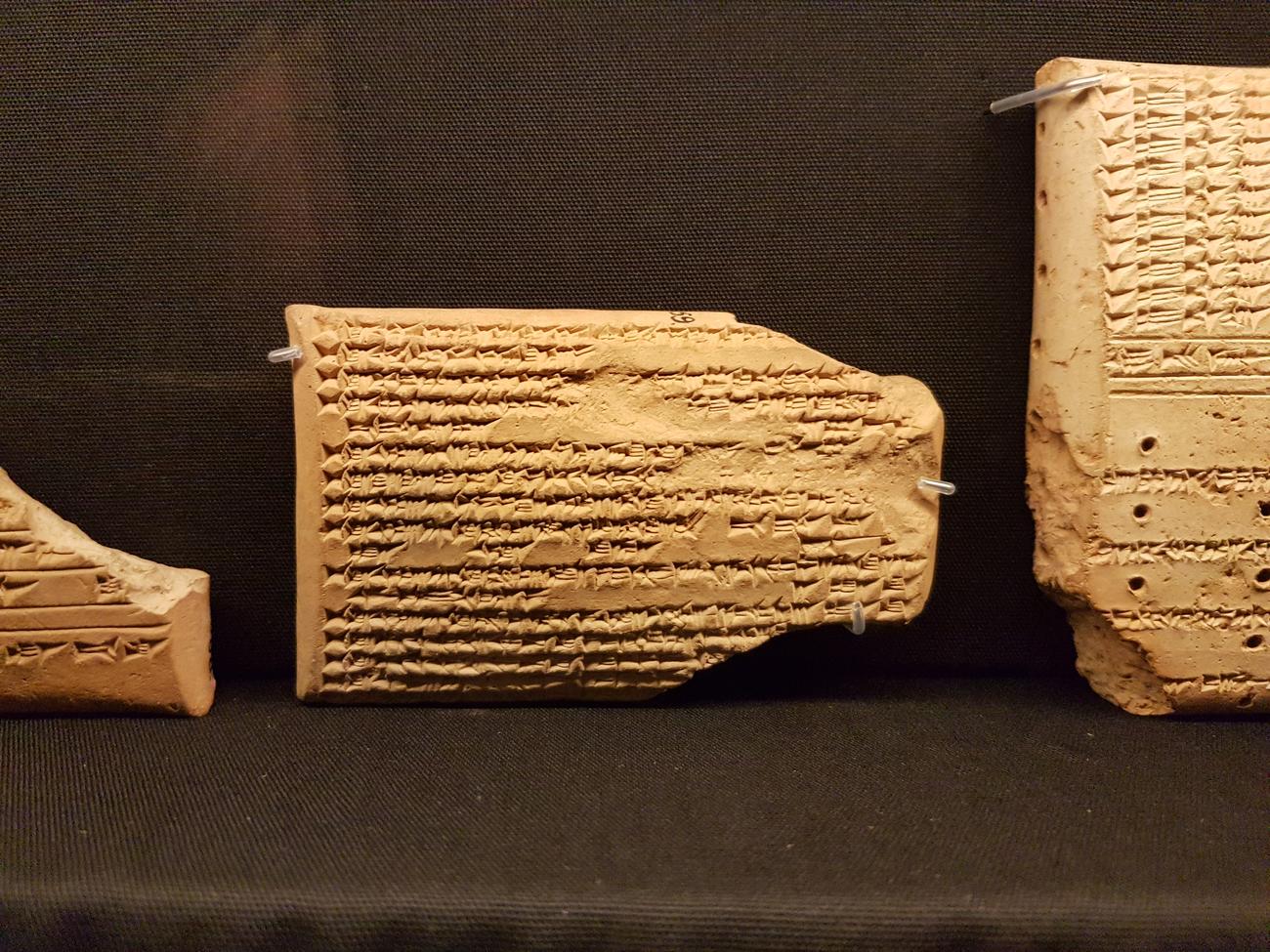
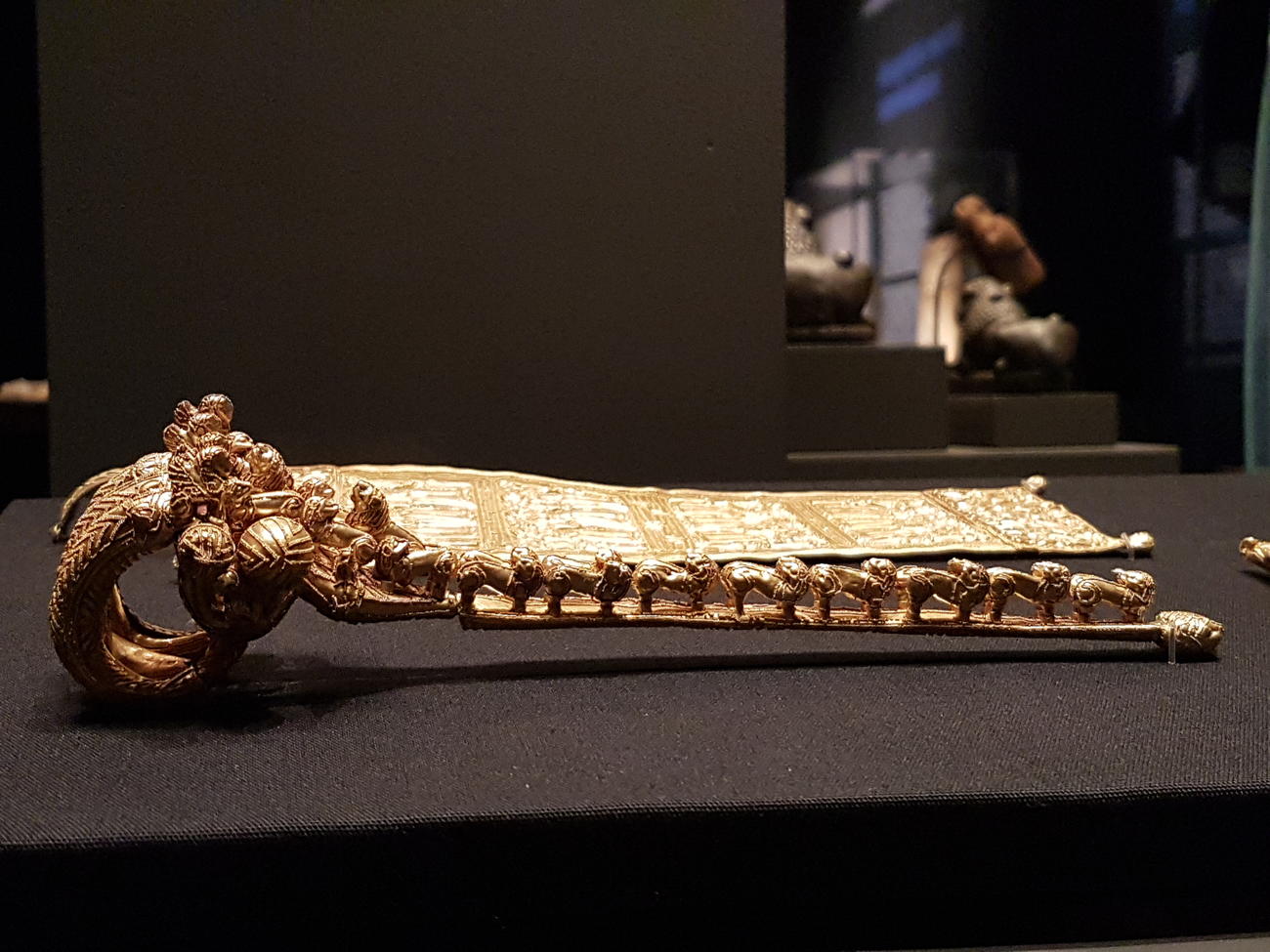
Included in the library is the Middle Eastern epic Gilgamesh, in what is the best-preserved copy of the world’s first masterpiece of literature. I can’t claim to have read it, but if anything inspires me to it will be this exhibition.
I, Ashurbanipal is on at the British Museum until 24 February 2019.
